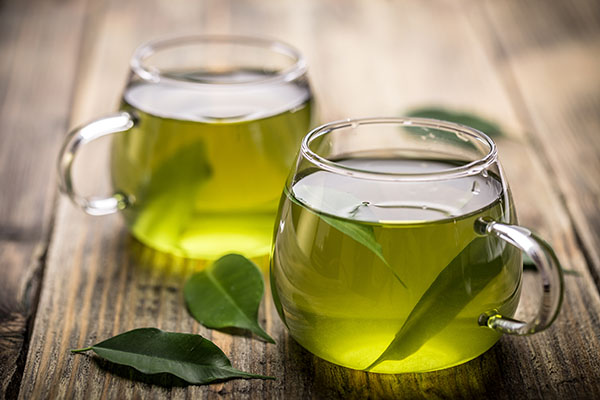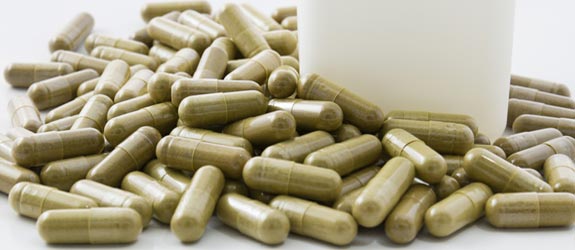 Parler
Parler Gab
Gab
Delivery of optimal amounts of brain-derived neurotrophic factor (BDNF) to regions of the brain affected by neurodegenerative diseases is a daunting task. Using natural products with neuroprotective properties, such as green tea polyphenols, would be a highly useful complementary approach for inexpensive long-term treatment of these diseases."The researchers pointed out that increasing the production of BDNF in the brain is one approach worth pursuing, but that another "complementary approach" is "to potentiate the action of limited amounts of BDNF present in affected regions of the brain," and that green tea may offer just that enhancement tool. The main perceived barrier to using EGCG in neurological problems, however, is that only very low levels are believed capable of reaching the brain. Due to this limiting factor, the study also set out to ascertain what concentration ranges might produce a physiologically relevant effect in the brain. Using a cell model, the researchers chose a type of neuron which expresses a high affinity receptor (TrkB) for BDNF known as PC12(TrkB) cells. These cells, "differentiate and induce neurite outgrowth in response to BDNF." A neurite is any projection from the cell body of a neuron, usually either an axon or a dendrite. Using this model, they showed, "for the first time that treatment with extremely low concentrations (<0.1 μ g/ml) of unfractionated green tea polyphenols (GTPP) and low concentrations (<0.5 μ M) of their active ingredient, epigallocatechin-3-gallate (EGCG), potentiated the neuritogenic ability of a low concentration (2 ng/ml) of BDNF." EGCG is the primary polyphenol within green tea identified to possess a broad range of health benefits, over 100 of which we have indexed on our database and which can be viewed here: EGCG health benefits. A μg/ml denotes a microgram per milliliter – i.e., a millionth of a gram per milliliter. An ng/ml denotes an even smaller value of a nanogram, or billionth of a gram, per milliliter. The researchers noted: "Intriguingly, this [nerve growth factor promoting] effect requires only submicromolar concentrations of EGCG. This is significant as extremely low concentrations of polyphenols are believed to reach the brain after drinking green tea." The researchers acknowledged the limitations of their study, as the cell model will not usually convey the same level of certainty as an animal or human study. Nevertheless, green tea has been revered since time immemorial as a mind enhancing, longevity promoting beverage, and is consumed by billions around the globe daily as a source of mental clarity and focus. Do we really need, therefore, doubled-blinded, placebo-controlled and randomized clinical trials, before we start taking advantage of its benefits? I don't think so. Read more at: GreenMedInfo.com
AI “medical board” outperforms human doctors on U.S. Medical Licensing Exams
By Gregory Van Dyke // Share
Dr. Benjamin Lau’s “Garlic for Health” expounds on an ancient remedy backed by modern science
By Belle Carter // Share
Five reasons for men to use saw palmetto berry
By News Editors // Share
Researchers reveal top 6 ways to treat constipation
By Lance D Johnson // Share
Chromium supplements: Essential nutrient or overhyped trend?
By Belle Carter // Share
Use this roadmap to address burnout and work fatigue
By Lance D Johnson // Share
Governments continue to obscure COVID-19 vaccine data amid rising concerns over excess deaths
By patricklewis // Share
Tech giant Microsoft backs EXTINCTION with its support of carbon capture programs
By ramontomeydw // Share
Germany to resume arms exports to Israel despite repeated ceasefire violations
By isabelle // Share










